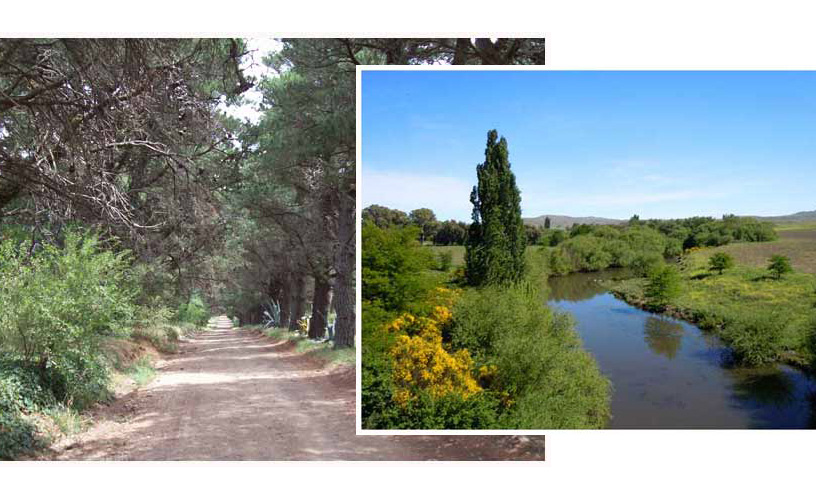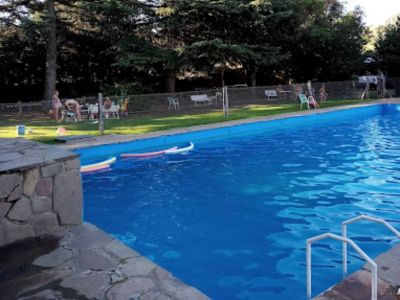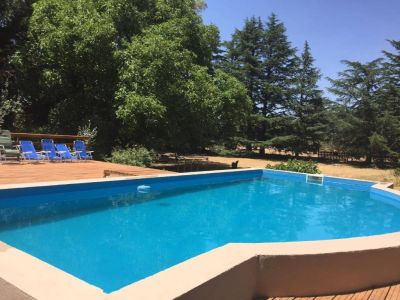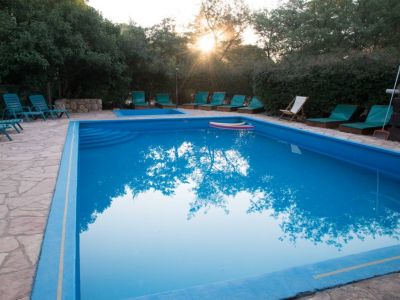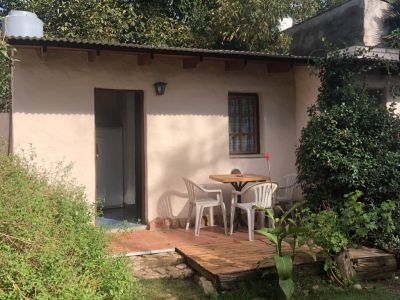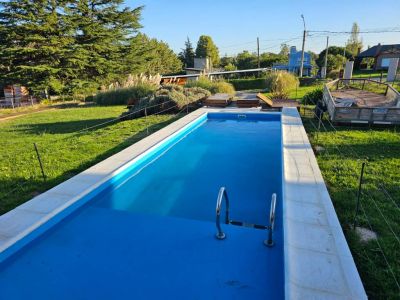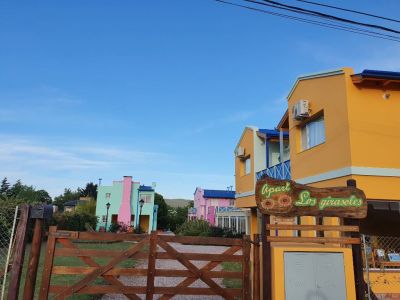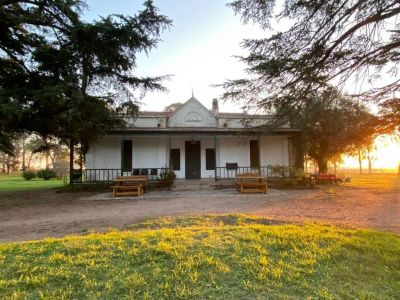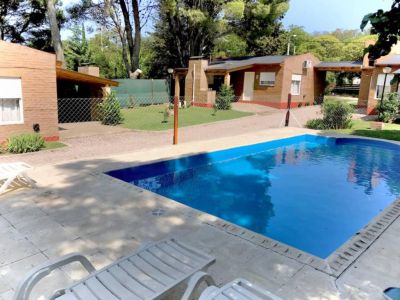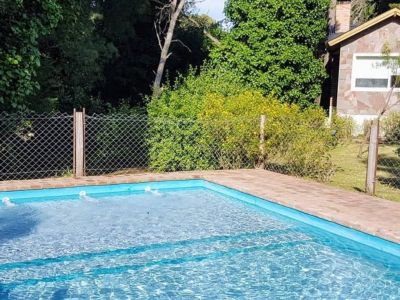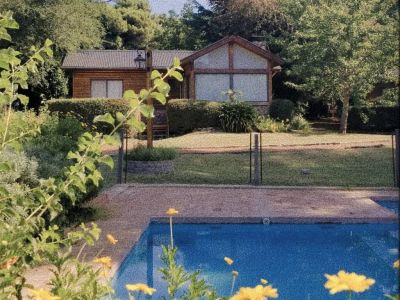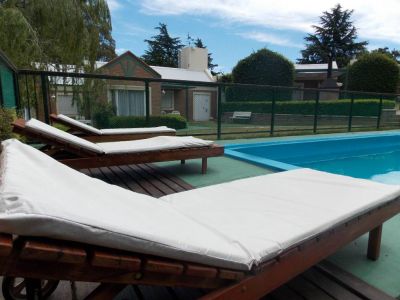Coming from California
Swallows have migrated for hundreds of years, but it was not until 1776 that friar Junípero Serra, a Spanish Franciscan monk, raised a convent in California. When he observed the numbers of birds of the same species which were overflying those skies, he began a double register: not only did he count the number of members of the congregation who came to church, but he also recorded the number of birds of the same kind that came back every year in the same season.
In addition to the speed this species gains when flying and to the fact that they practically never land, it is interesting to find out why they always use the same route and even stop at the same nests where they stopped the previous summer. The answers have not been convincing at all and even today, when science is supposed to have a great power, they remain unsatisfactory.
The truth is that in the middle of March, California gives a warm, summer and crowded welcome to this species which, after spending the summer in the Northern lands, begins to emigrate towards South America in order to cross the Argentinian skies in September.
Villa Ventana
Two Argentinian Cities
Villa Ventana, in the Province of Buenos Aires, along with Goya, in the Province of Corrientes, is one of the destinations preferred by this species, where the largest number of specimens have been counted. This has encouraged the local settlers and neighbor associations to build several monuments as a tribute to these beautiful birds.
In the case of Villa Ventana, the monument to honor the swallows lies at the entrance of the city, next to the provincial route which joins it with Sierra de la Ventana. In the case of Goya, the monument lies on the banks of the Paraná River, where the species nests every year.
The Indians that populated these mountains in the nineteenth century gave it the Mapuche name of “pilmayquen”, which means “spring bird” or “flowering period bird”, as in the southern hemisphere this is the season when everything blooms again and the harvest begins.
They travel 13 thousand kilometers in each migratory flight and each swallow can experience almost ten flights during their lifetime.
Of course, they still have a long way to go...
Pablo Etchevers
Gentileza Villa-ventana.com.ar
Contact of the excursion or tour
Tourist Information in Villa Ventana
Golondrina y Cruz del Sur, Sierra de la Ventana, Buenos Aires, Agentina
Phone: +54 291-4910095

